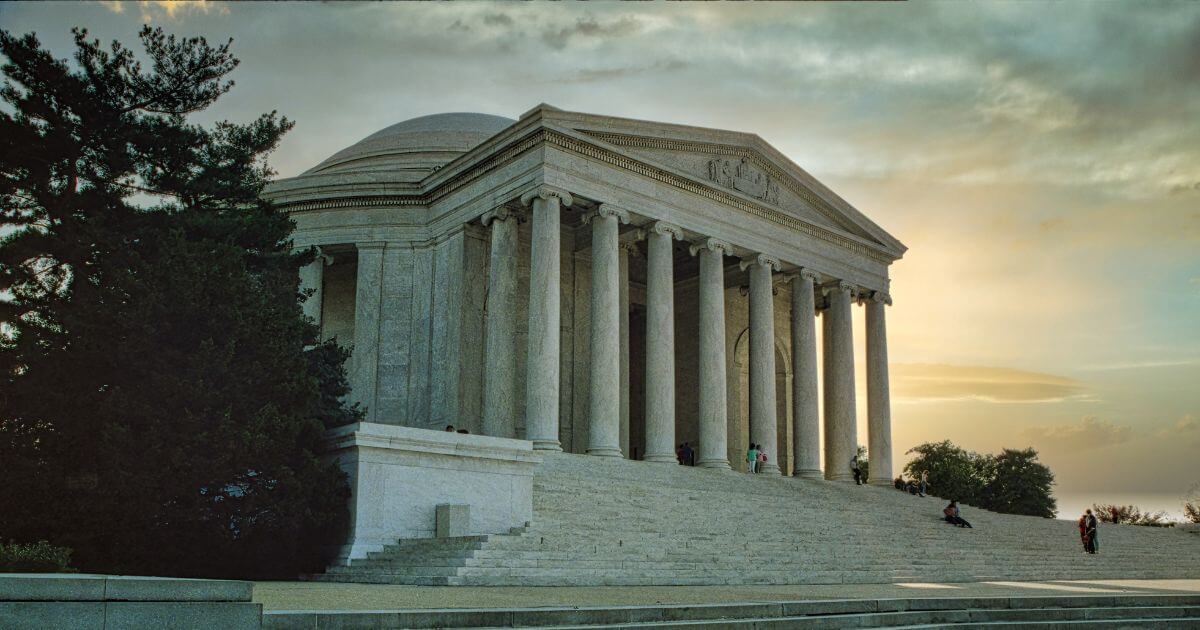A leaked document apparently from the Supreme Court of the United States of America indicates the Justices’ intention to overturn the national abortion law, thereby allowing individual states to decide their own abortion laws.
Abortion law in the US is principally governed by both the 1973 Roe vs Wade decision and the 1992 Planned Parenthood vs Casey decision, which created a right to abortion out of the right to privacy. However, the leaked majority opinion, supposedly written by Justice Samuel Alito, indicates that the Supreme Court is leaning towards returning the matter of abortion legislation to individual states.
Who leaked the draft document and why did they leak it?
The draft decision was leaked to news website Politico, which has not stated who its source is. Conservative commentators in the United States have suggested that the draft decision may have been leaked by a member of one of the more liberal Justices’ offices.
This is the first time in history that a full draft of the Supreme Court’s decision has been publicly disclosed while a case is still pending. According to CBS News, this will likely result in an FBI investigation to uncover the source of the leak. Part of the reason for the secrecy within the Supreme Court is so that the court might impartially assess the law free from public pressure.
The intention of the person or people who have leaked the draft appears to be to enable abortion advocates to attempt to put widespread public pressure on the Court to not return the matter of abortion legislation to individual states.
As a senior Daily Telegraph columnist, Tim Stanley, outlined on Twitter earlier today: “Overturning Roe does not ban abortion, it hands the matter back to the states, and the point of the leak, one suspects, is to expose justices to so much threat and intimidation that they change their minds”.
Is this the final decision from the Supreme Court?
The leaked draft opinion is not the final decision of the Supreme Court on this case. The final decision from the Court is expected in the next two months, and Justices can change their votes as draft opinions circulate, so the final decision could be different from the leaked majority opinion.
However, given the apparent pro-life majority on the Supreme Court, unless abortion advocates are successful in their fight against this draft opinion, the final decision is likely to be similar to today’s leaked overturning of Roe vs Wade.
What will happen if Roe vs Wade is overturned?
If the Court decides to proceed with overturning Roe vs Wade, as has been stated in the leaked draft, this will return the matter of abortion legislation to individual states.
This would not introduce a total ban on abortion throughout the United States, instead, individual states would decide on their own abortion legislation.
In practice, this would likely result in liberal States, such as New York, having very permissive abortion laws, and a number of conservative States having abortion laws that would include full protections for unborn children.
According to pro-abortion think tank Guttmacher Institute, 16 states and the District of Columbia have laws that explicitly protect the “right” to abortion to varying degrees, meaning abortion would likely continue to be available in these states.
The pro-abortion think tank, which was previously the research arm of abortion provider Planned Parenthood, also indicates that 26 states are “certain or likely” to introduce restrictions that would protect unborn children from abortion. Nine states have pre-Roe restrictions on abortion that could potentially be enforced if the ruling is overturned, and 13 states have what abortion advocates have labelled as “trigger bans” in place, meaning that abortion restrictions would be in place in these states if Roe was overturned.
For the remaining states, there would soon likely be new legislation proposed by both pro-abortion and pro-life advocates to change abortion legislation in each of these individual states. Which legislation is passed would depend on the make-up of each state’s legislature and public demand for changes in legislation from people in that State.
Where do US women stand on abortion?
Recent polling shows that 69% of women believe that there should be significant restrictions on abortion.
The polling found that 69% of women believe that abortion should be available, at most, during the first three months of pregnancy, allowed only in cases of rape, incest, or to save the life of the mother, or never permitted.
The polling showed that 37% of women believed that abortion should only be legally permitted in cases of rape, incest, or to save the life of the mother. A further 21% of women believed that abortion should not be legal after the third month of pregnancy.
The polling also found that a majority of those who call themselves pro-choice (52%) believe that abortion should be available, at most, during the first three months of pregnancy, allowed only in cases of rape, incest, or to save the life of the mother, or never permitted.
In addition to this, 82% of American women think that it is possible to have laws that protect both the health and well-being of a woman and the life of her unborn child. 76% of people who consider themselves pro-choice and 79% of people who identify as Democrats agree.
How have pro-life groups reacted to the decision?
President of the American pro-life organisation the Susan B. Anthony List, Marjorie Dannenfelser, has said that if the draft decision becomes the final decision from the Court, they will welcome the decision.
“The American people have the right to act through their elected officials to debate and enact laws that protect unborn children and honor women. If Roe is indeed overturned, our job will be to build consensus for the strongest protections possible for unborn children and women in every legislature”.
“We also recognize the need for the pro-life movement to continue its existing work to support pregnant women and children in need. There are thousands of pro-life pregnancy centers and maternity homes nationwide and an ever-growing pro-life safety net. The pro-life movement will continue to grow to meet the needs of these women and their families, walking and planning with them to love and serve both mother and child”, she said.
A number of other pro-life groups in the United States have also indicated they would welcome a final decision returning the decision to the Courts.
Right To Life UK spokesperson, Catherine Robinson, said: “To the extent that this leaked document is an attempt to put public pressure on the Court so that it will not overturn the current abortion law, it is a scandalous attack on the rule of law. It is the job of the Court to interpret the law in light of the Constitution and it should not be swayed by political lobbying in this matter”.
“However, Justice Alito’s majority opinion represents an opportunity to overturn an unjust law that has led to the deaths of over 62 million babies since 1973. If Roe vs Wade were to be overturned, it would be the beginning of the legislative battle over abortion, certainly not the end”.
“It is important to note that this law change would not actually ban abortion or prevent anyone from having an abortion. Rather, it makes abortion law a matter for states to decide. Some states will allow abortion without restriction and others will likely provide robust legal protection for unborn children throughout pregnancy”.
Further reading
The Critic
- Lord Alton – American judges have chosen life — so should Britain
- Rakib Ehsan – Does Sadiq Khan think he’s living in America?
The Telegraph
The Spectator
- Douglas Murray – What America gets right about the abortion debate
- Melanie McDonagh – Roe v. Wade and Britain’s non-existent abortion debate
- Sam Ashworth-Hayes – Revoking Roe v. Wade is not an assault on democracy
- Raymond Wacks – The real mistake of Roe v. Wade
- Charles Moore – The truth about Roe vs Wade
Wall Street Journal
- Peggy Noonan – The End of Roe v. Wade Will Be Good for America
- Adam J. White – Roe v. Wade Must Go for Precedent’s Sake
UnHerd
Conservative Home
LA Times
Washington Examiner
- Zachary Faria – Democrats mislead voters about what happens if Roe is overturned
- Timothy P. Carney – There is no valid defense of Roe. That’s why that side resorts to threats
Washington Post
MercatorNet












